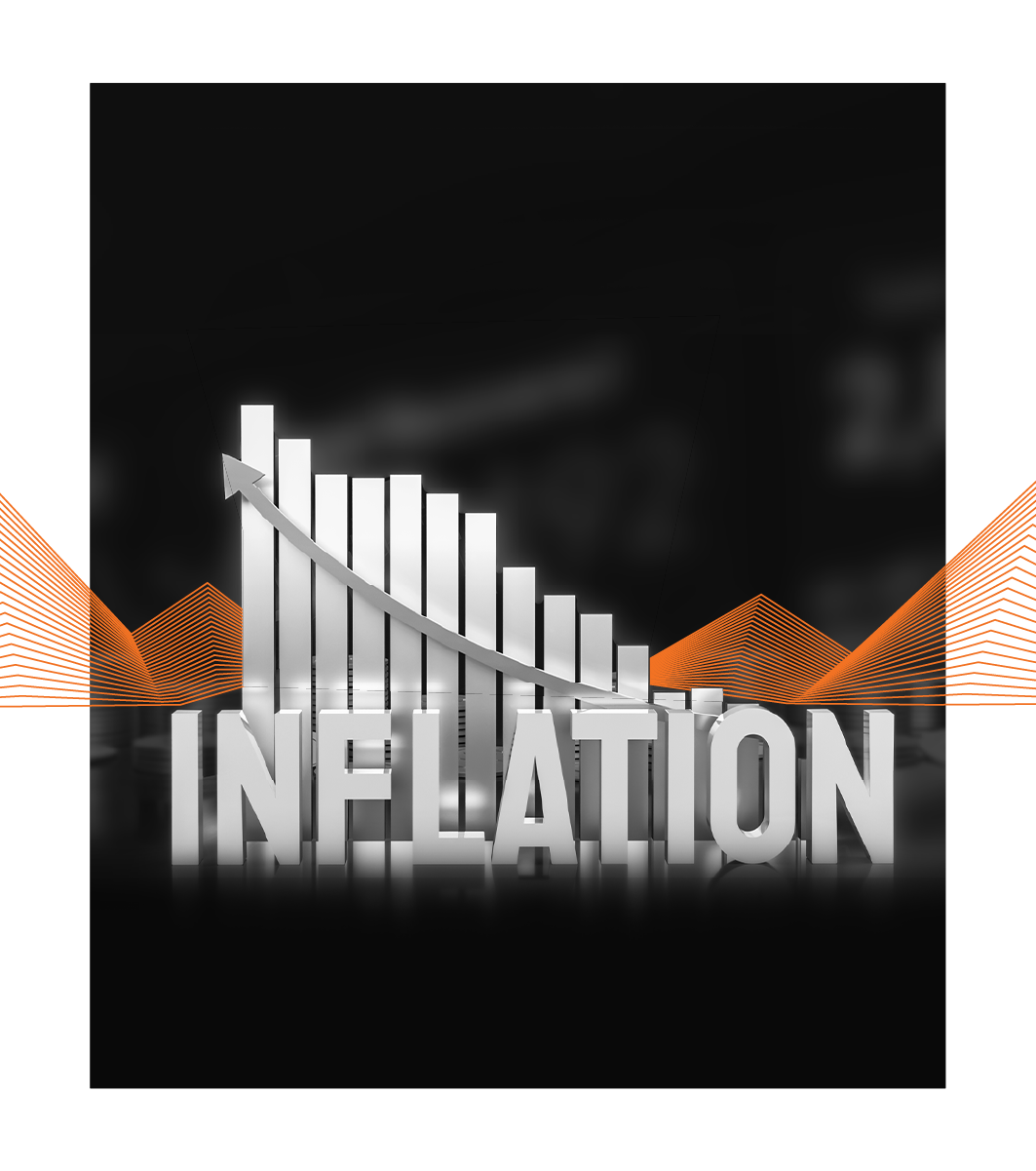Industry
Transport


Transport

APAC

Customised Incentive Scheme
The experiment proved that personalized incentives schemes can work for different segments of drivers. The outcome of the experiment was measured in terms of trip acceptance rates and incentives paid out per trip across experiment and control groups. Reduction in average number of trips completed by top-tier drivers helped in optimizing driver distribution across tiers
A leading on-demand service provider in South-East Asia, who specialised in ride-hailing and logistics, wanted to remodel the existing driver incentives structure. The service provider wanted to reduce daily driver incentives, which accounted for nearly 40% of the drivers’ everyday income, and instead boost the organic income received on trip completions.
TheMathCompany identified gaps in the current incentives scheme and noticed that the payouts were disproportionate across tiers and did not effectively motivate/challenge drivers to accept more trips. A new personalized incentives scheme was outlined to improve driver trip acceptance rate and reduce disbursed incentives. The ideal distribution of drivers was identified as a pyramidal structure with the highest number of drivers in Tier 0 (non-bonus tier) followed by Tier 1, 2 and 3, which would be effectuated through the revised incentives scheme.
To address the challenges faced by the client, TheMathCompany devised a personalized incentive scheme that helped optimize driver trip acceptance rate and regulate disbursing of incentives. Here’s a breakdown of solution that was devised:

Blogs April 8, 2021
Q&A with Nabeel Ahmed: Marketing Analytics in the Automotive Industry
Blogs June 6, 2022
How Hyper-Personalization is Shaping Patient Support Programs
Blogs June 7, 2022
Architecting MLOps Solutions for Healthcare
Blogs July 23, 2022
Unlocking Experiential Automotive Marketing with AI & ML
Blogs Oct. 20, 2022
The AI Bill of Rights: A welcome step toward tech accountability
Blogs July 15, 2022
How CPG Businesses are Utilizing Data to Mitigate Inflationary Risk
Stay up to date with the latest marketing, sales, and service tips and news.

Subscribe to our newsletter to receive latest updates